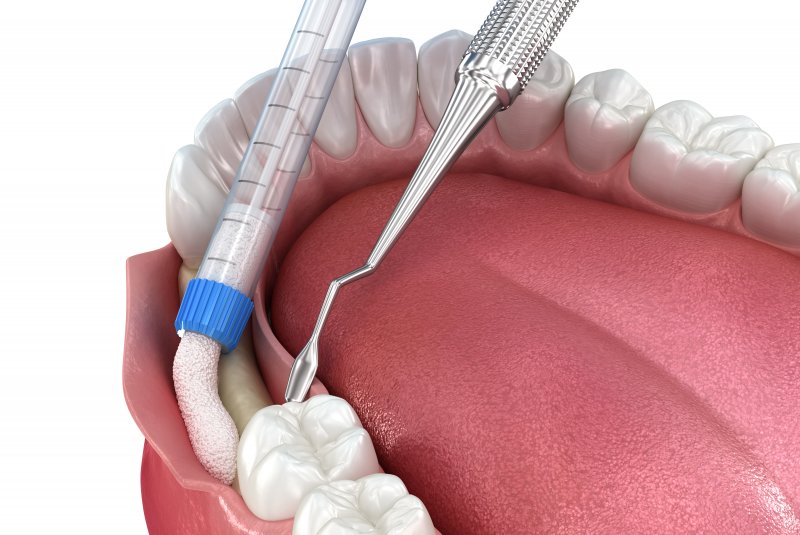
changed for the better; rejuvenated
 25 NEW CHARDON STREET • BOSTON, MA • 02114
25 NEW CHARDON STREET • BOSTON, MA • 02114

Dental implants are uniquely crafted prosthetics that rebuild missing teeth in their entirety. Replacing their roots and crowns, they are the closest thing to natural teeth you can get. But to receive these prosthetics, you must have a dense jawbone – one that can adequately support the titanium posts that are placed within it. If you lack this kind of foundation, you may be required to undergo a bone graft, but is it always necessary? Keep reading to find out.
When it comes to dental implants and their success, the one essential factor is osseointegration, which is the fusing of your titanium posts to the surrounding bone tissues. Without it, these prosthetics cannot remain stable.
Bone resorption caused by tooth loss is the primary reason most people need a bone graft. When teeth fall out or are extracted but are not replaced in a timely manner, the jawbone can begin to weaken over time. As a result, prosthetics like dental implants cannot fuse because there is not a sufficient foundational structure.
While many individuals were once told they could not receive dental implants because they lacked enough jawbone density to ensure the success of these prosthetics, this is no longer the case. With a bone graft, your prosthodontist can build up the underlying area so that it will become supportive enough over time.
Depending on the location of your future dental implants, a bone graft can take the form of ridge augmentation, a sinus lift, or ridge preservation. Each has its own process, but all require the use and placement of healthy bone tissue that comes from another part of your body or a human donor.
Your prosthodontist will create a small opening in the gums, in the area requiring the bone graft. By inserting the new grafting materials, they will integrate with the existing bone and tissues to form a denser foundation for your new dental implants.
It can take several months to heal from a bone graft, but it is necessary if you want to receive dental implants and have them last a lifetime.
A bone graft can be the most beneficial and worthwhile procedure you receive when looking to replace your missing teeth. This additional form of treatment may require more time but can allow you to enjoy life with a healthier, longer-lasting smile.
About the Author
Dr. Sharon Schrott is a skilled prosthodontist with advanced training in dental implant therapy, aesthetic dentistry, and full mouth reconstructions. When a patient arrives needing dental implants but lacks the supportive foundation of a dense jawbone, she and the team at Kraft & Schrott Dental Associates can recommend bone grafting. Safe and effective, it can build up the jawbone to create a stable base for permanent prosthetics. If you have previously learned that you need a bone graft, contact us via our website or by calling (617) 227-4924.
No comments yet.
RSS feed for comments on this post.
Sorry, the comment form is closed at this time.